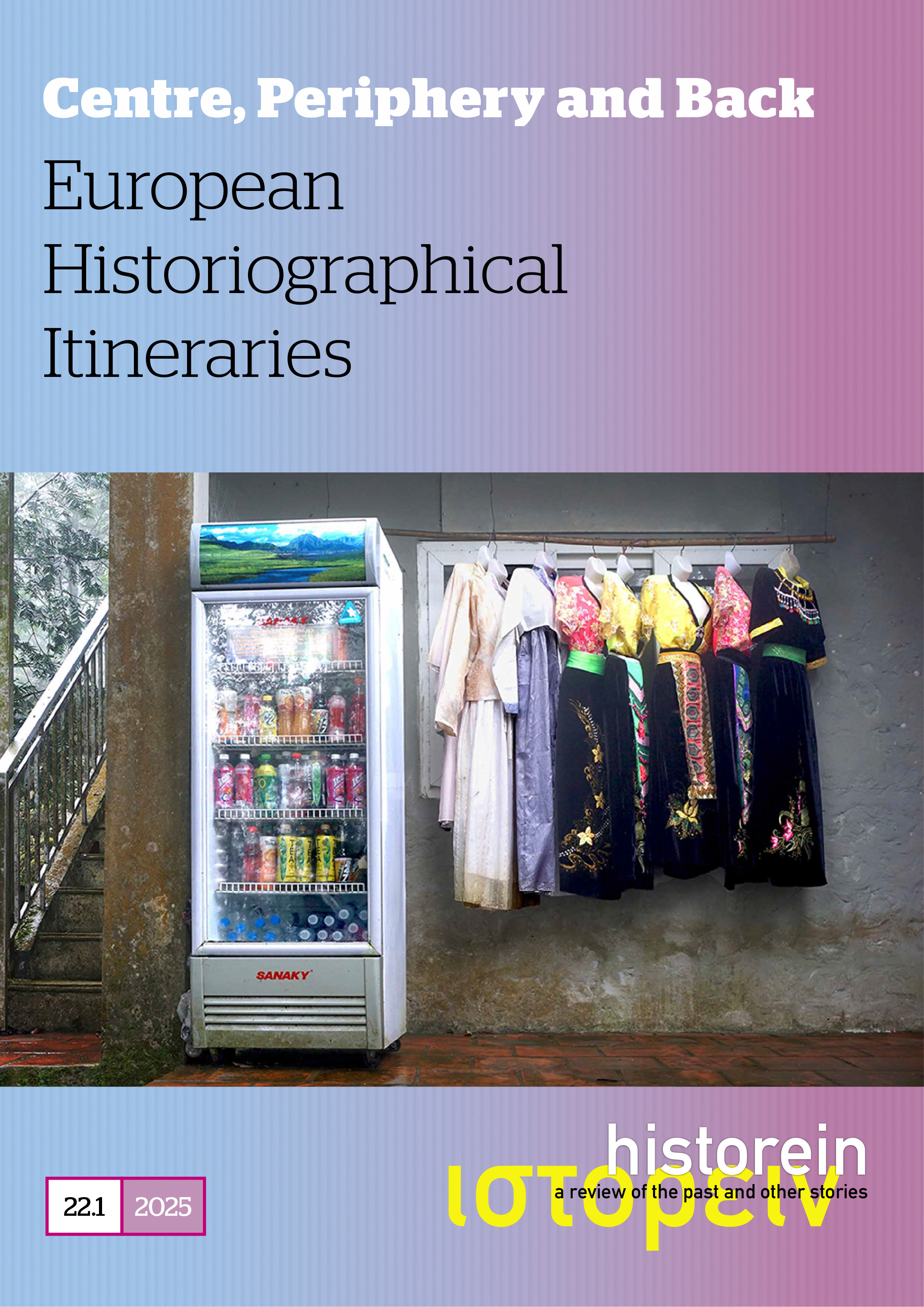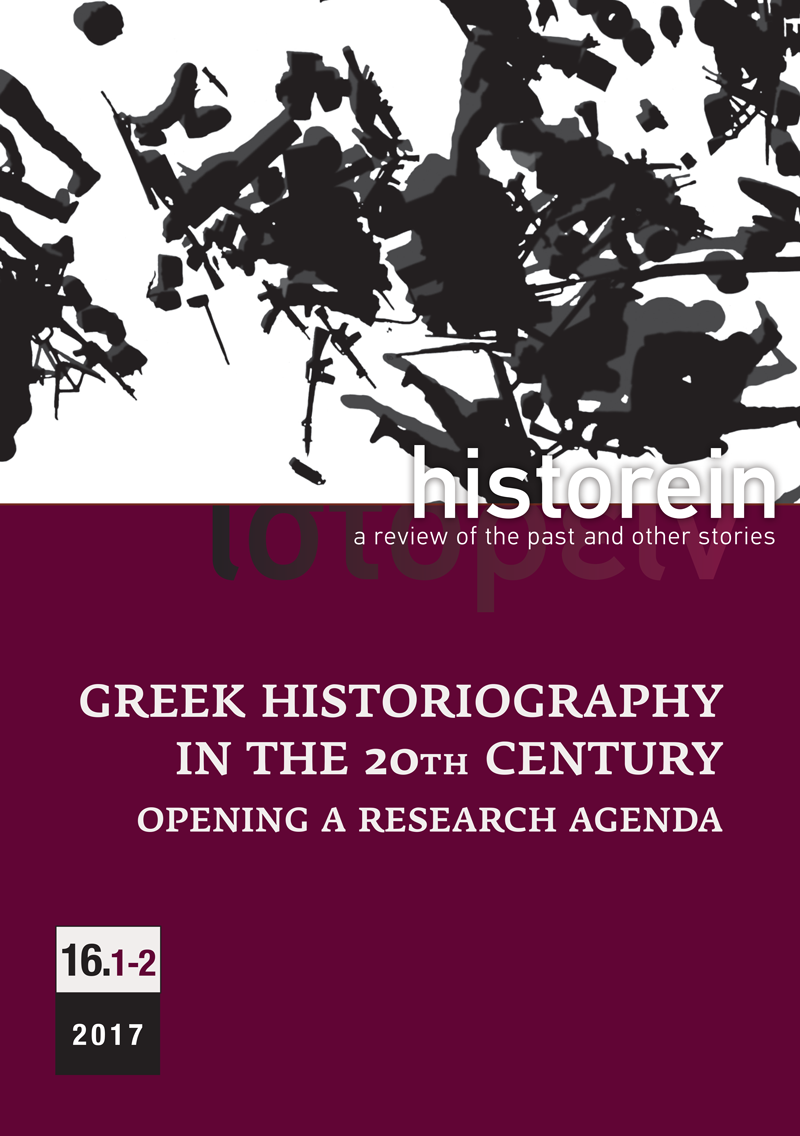Centres and Peripheries in Gender History A Historiographical Review

Abstract
This article has two purposes. Firstly, it examines recent historiographical overviews that mostly discuss “peripheral” or “national”/“regional” historiographical traditions, to detect current aspirations, frustrations and challenges in respect of how academic centres, peripheries and hierarchies are constructed in gender history today. Secondly, it discusses the profile of four international journals dedicated to women’s and gender history to examine how historiographical centres and peripheries have been shaped through their pages in the last decade (2011–2020).
Article Details
- How to Cite
-
Dialeti, A. (2025). Centres and Peripheries in Gender History: A Historiographical Review. Historein, 22(1). https://doi.org/10.12681/historein.27537
- Section
- ARTICLES

This work is licensed under a Creative Commons Attribution-NonCommercial-ShareAlike 4.0 International License.
The copyright for articles in this journal is retained by the author(s), with first publication rights granted to the journal. By virtue of their appearance in this open access journal, articles are free to use (with the exception of the non-granted right to make derivative works) with proper attribution for non-commercial uses (licence Creative Commons 4.0). EKT/NHRF retains the worldwide right to reproduce, display, distribute, and use articles published in Historein in all formats and media, either separately or as part of collective works for the full term of copyright. This includes but is not limited to the right to publish articles in an issue of the Journal, copy and distribute individual reprints of the articles, authorize reproduction of articles in their entirety in another EKT/NHRF publication, and authorize reproduction and distribution of articles or abstracts thereof by means of computerized retrieval systems.



